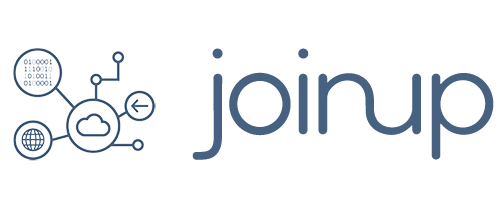Join ISA²’s collaborative platform to find, reuse and share a wealth of ready-to-use interoperability solutions for eGovernment and best practices and discuss with your peers!
/isa2/file/190325-logo-joinup-bluepng_en190325-logo-joinup-blue.png

In 2019, the SEMIC team was involved and led a multitude of activities to promote semantic interoperability in Europe, notably by raising awareness, providing expertise for pilot projects, keeping up-to-date the data specifications and providing in-depth studies on topics of interest.
In October 2019 the SEMIC 2019 conference on “Linking data spaces for citizens” took place in Helsinki. The speakers shared their views with nearly 200 participants on the importance of semantic interoperability for seamless transfer of data between European public administrations, for the benefit of European citizens. Additionally, SEMIC was present at external events, such as the EU Datathon. The team was active in sharing knowledge and connecting with the SEMIC community by organising a series of interactive webinars and via the “SEMIC point of views”, where experts shared their insights and comments on major trends with the SEMIC community. For more information on these activities, go to Joinup.
In the first half of 2019, the SEMIC team focused on the review of DCAT-AP. In May 2019, minor changes were implemented and DCAT-AP version 1.2.1 was released. Following the public review that took place between 4 October and 4 November, the DCAT-AP major release 2.0.0 was published on 20 November 2019. This version introduced a series of changes to align with the World Wide Web Consortium. More information is available on Joinup and GitHub.
SEMIC facilitated as well testing of and demonstrating the ISA² specifications through the execution of pilots. Specifically, SEMIC offered expert support to four different pilots:
Finally, our experts carried out research on semantic interoperability topics and published two studies:
Building on all these elements, we are looking forward taking new sematic interoperability challenges in 2020 and bringing it to the next level. We take this occasion to thank all contributors promoting semantic interoperability in Europe! See you in 2020!